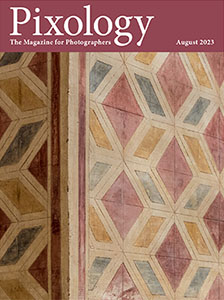Today’s Question: Regarding your answer about the various dates and times for photos, is it possible to update the capture time for photos in Adobe Bridge, such as when I forget to update the time zone on my camera?
Tim’s Quick Answer: You can update the capture time for a batch of photos in Adobe Bridge by selecting the photos and choosing Edit > Edit Capture Time from the menu. It is also possible to update the capture time for a single photo using the “Date Time Original” field in the Camera Data section of metadata.
More Detail: If you neglect to update the time zone on your camera the capture time in metadata for the photos captured with the wrong setting will obviously be off by a particular number of hours. It is very easy to update the capture time in this scenario using Adobe Bridge.
The first step is to select the photos you need to update the capture time for. Then from the menu choose Edit > Edit Capture Time. Under the “Type of Adjustment” heading in the Edit Capture Time dialog, select “Shift by hours, minutes and seconds”. Then select Add if you need to adjust to a later time, or Subtract if you need to shift to an earlier time. You can then enter values for the Hours and Minutes fields as applicable. In most cases this will only require that you enter the number for Hours, but there are time zones in some areas that are off by thirty minutes compared to the neighboring time zone.
Once you’ve configured the settings for the capture time correction for the selected photos, click the Change button. This will update the values for Date Created and Date Time Original in metadata for the selected photos.
Note that you can also directly edit the capture date and time for an individual photo with the “Date Time Original” field in the Camera Data section of the Metadata tab in Adobe Bridge. This field is fully editable, so you can simply click in the field and make any changes you’d like. You can also click the calendar icon to the right of the field to bring up the Edit Capture Time dialog outlined above, so you can use that dialog rather than a direct editing of the metadata field.


